Dr Cool
Di man wey devise di entire system, Dr Saud Abdul Ghani, tell di BBC say Qatar wan create legacy, to serve di kontri long afta di footballers don go home.
E say years of deep research na im happun for wetin e call "thermal comfort", to create environment wey make sense for plenty pipo. Discussion wit athletes and fans for di World Athletics Championships, for Qatar for 2019, follow for wetin make dem decide on di design wey go benefit di visitors and players for di World Cup.
One player angle
Di BBC reach out to Hajar Saleh, wey be defender wit Qatar national women football team and player since she be 11 years. She know all about di demand of playing top level sport for extreme conditions. She say head na di biggest challenge.
We dey used to heat, but wen you combine heat and humidity tins become more difficult Hajar Saleh
Hajar don get first-hand experience of playing for two of di new venues wit di new air conditioning system, di Khalifa and di Educational City stadium.
She say big difference dey, especially wen playing for June, one of Qatar hottest month of di year.
Dis system dey sustainable?
Di organisers of Qatar 2022 promise say di power for cooling entire stadium no go add any greenhouse gas emission, becos di electricity come from dia new solar power facility.
But di aim to ensure say di entire tournament dey carbon neutral na much bolder ambition.
Di amount of carbon - wey be di emission wey come out during di building of di stadium - account for 90% of di venue overall carbon footprint, wit estimated 800,000 tonnes of greenhouse gases wey go go into di atmosphere. Dat na di equivalent of driving one passenger car around di world 80,000 times, according to di US Environmental Protection Agency emissions calculator.
Looking beyond di stadiums, di impact of transport to di World Cup, including flight wey go carry fans go di kontri still dey.
Fifa say di compact nature of di tournament, wit only short distances between venues mean say emissions from travel between sites for Qatar dey estimated to be less dan one third of di ones dem produce for Russia 2018.
Qatar green promise rest to use carbon to compensate for all di CO2 wey dem already emit.
So far, e no dey very clear how dem hope to achieve dis. Fifa say dem dey use different technology to compensate for World Cup discharge, including energy efficiency, waste management, renewable energy and, possibly, planting trees. However, di final selection of projects neva dey confirmed.
Doz kain scheme fit take many years before dem become effective to capture carbon. One recent BBC investigation suggest say some forest wey dem plant for offsetting only exist on paper.
So e go be sometime before we fit truly judge whether Qatar don indeed achieve dia green goals or whether di claims of sustainability na just noise.
Di kontri dey also deny criticism for di high human cost among di 30,000 migrant labourers wey buid di stadiums, including wen large number of workers die and seriously wunjure. Accusations also dey about forced labour, hard working conditions, poor housing, unpaid wages and passports confiscation.
Di Qatar goment deny di accusations, and insist say since 2017 dem introduce measures to protect migrant labourers from working under too much heat, limit dia working hours and improve conditions for workers camps. However, for 2021 alone, 50 workers die and more dan 500 odas seriously wunjure for Qatar among all doz wey participate for projects wey concern di World Cup, according to data wey di International Labour Organization gada. Dis na another off-field issue wia pipo still dey torch light di desert kingdom record.

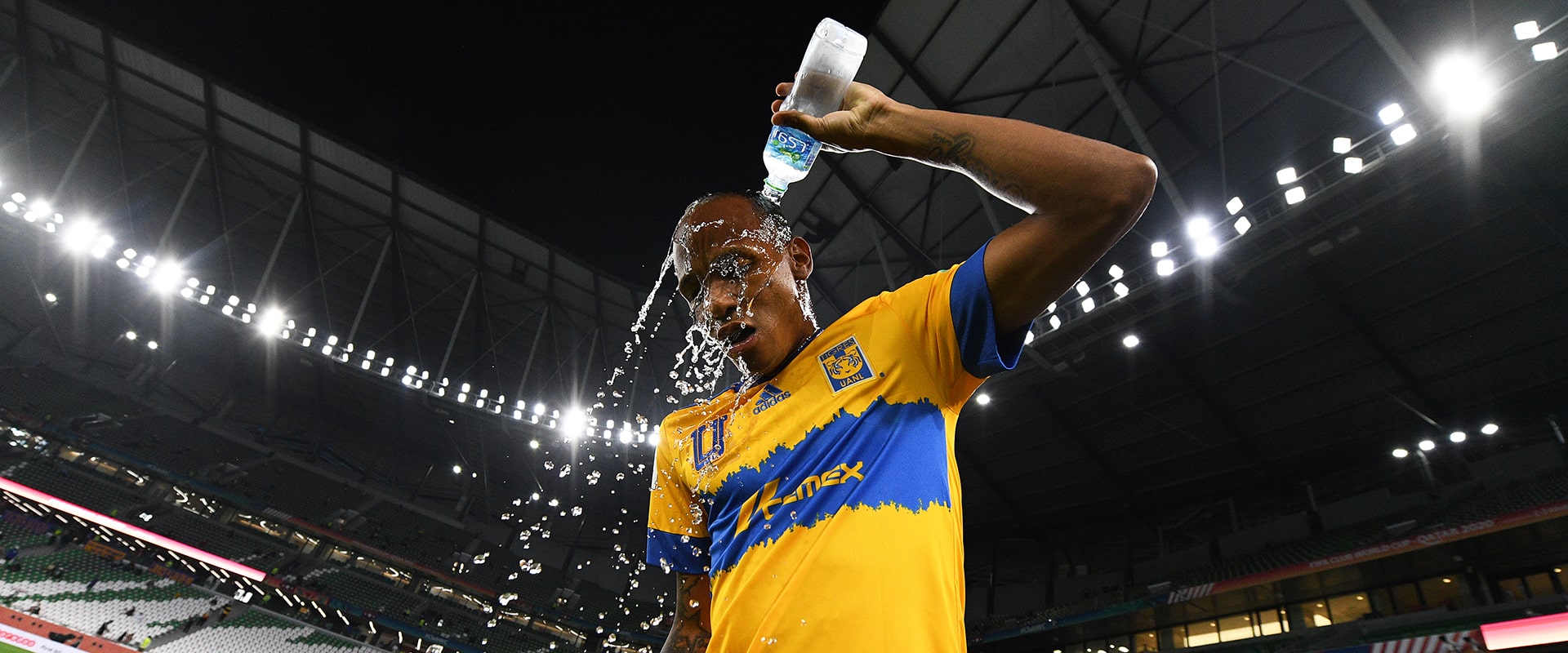
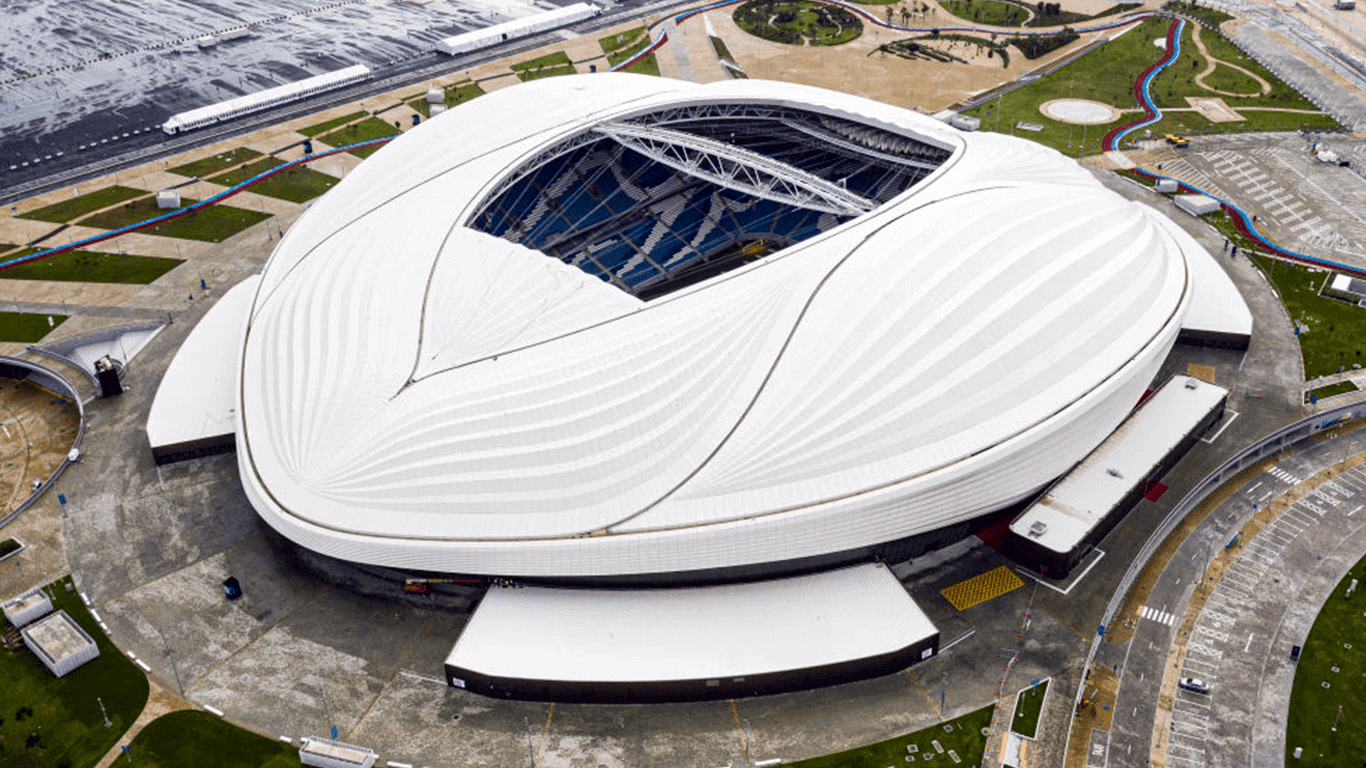
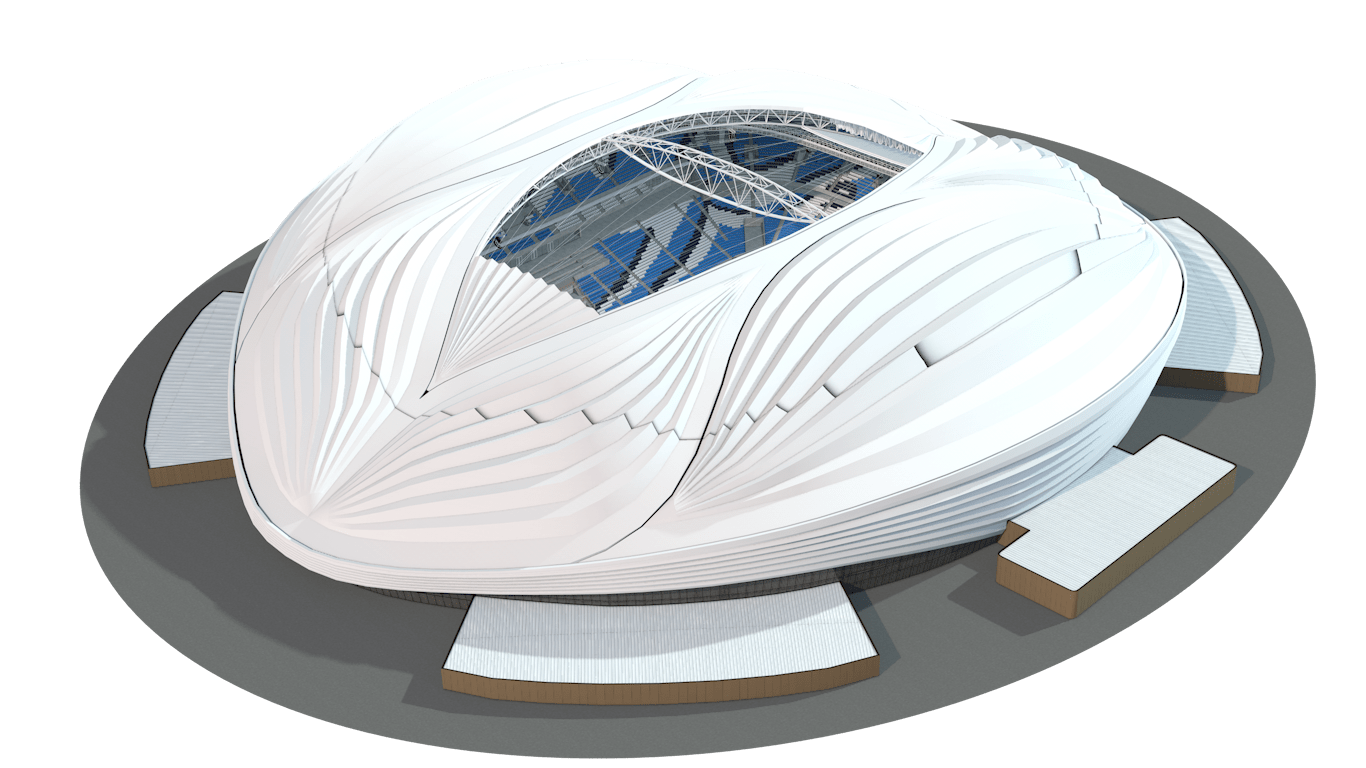

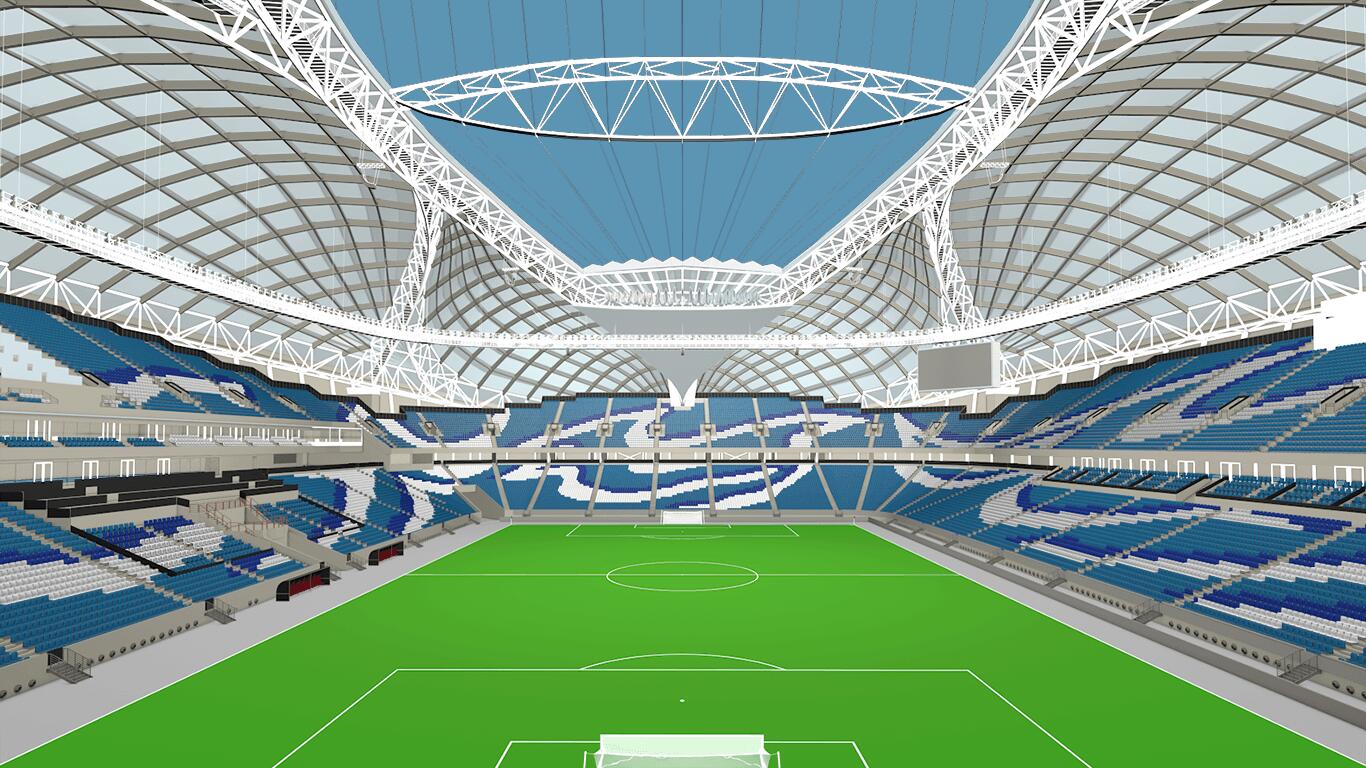
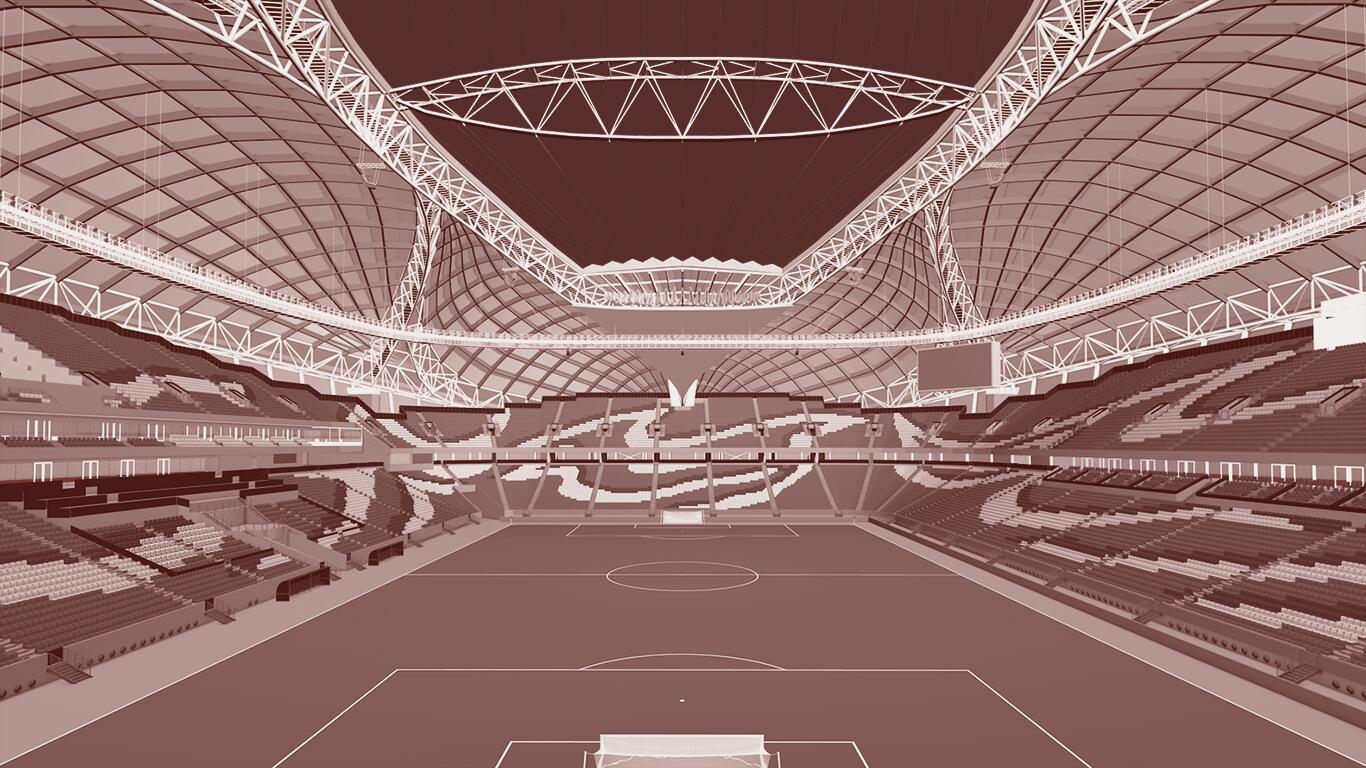


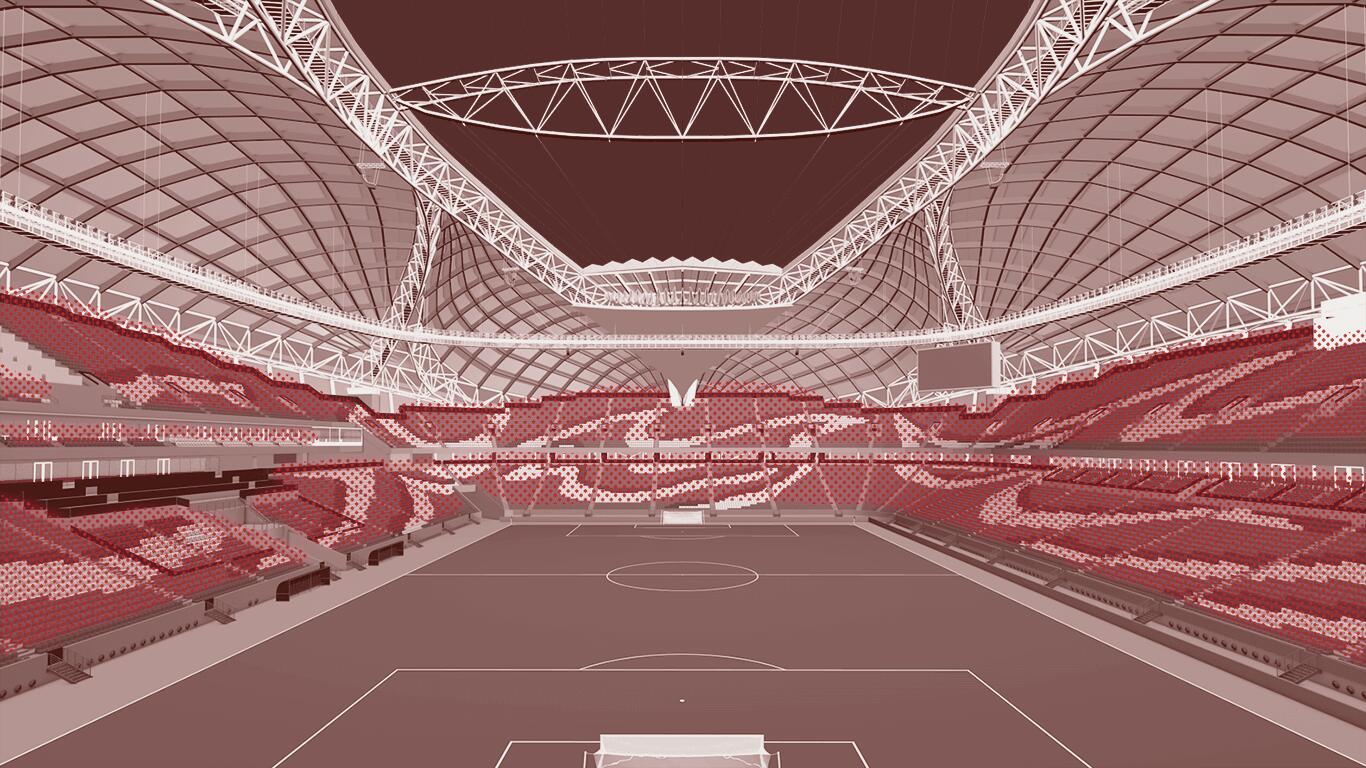




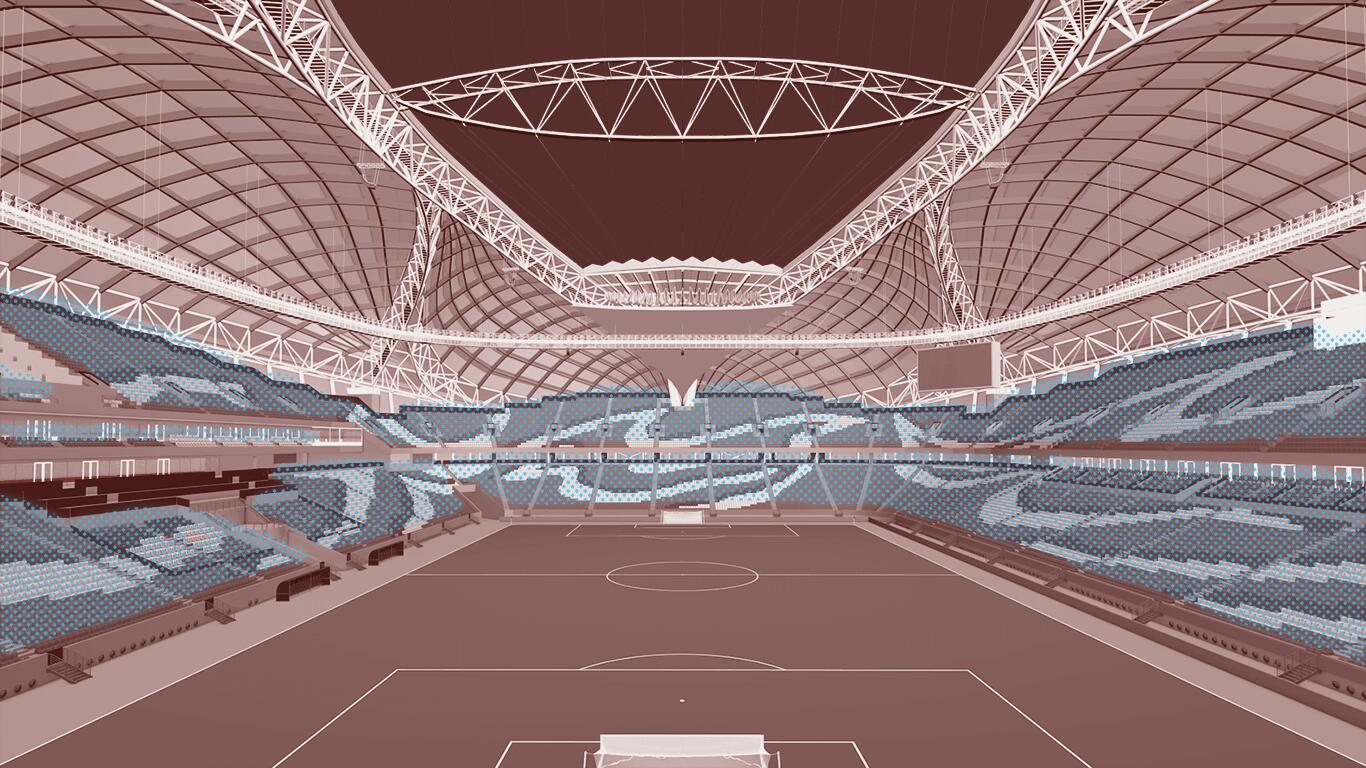






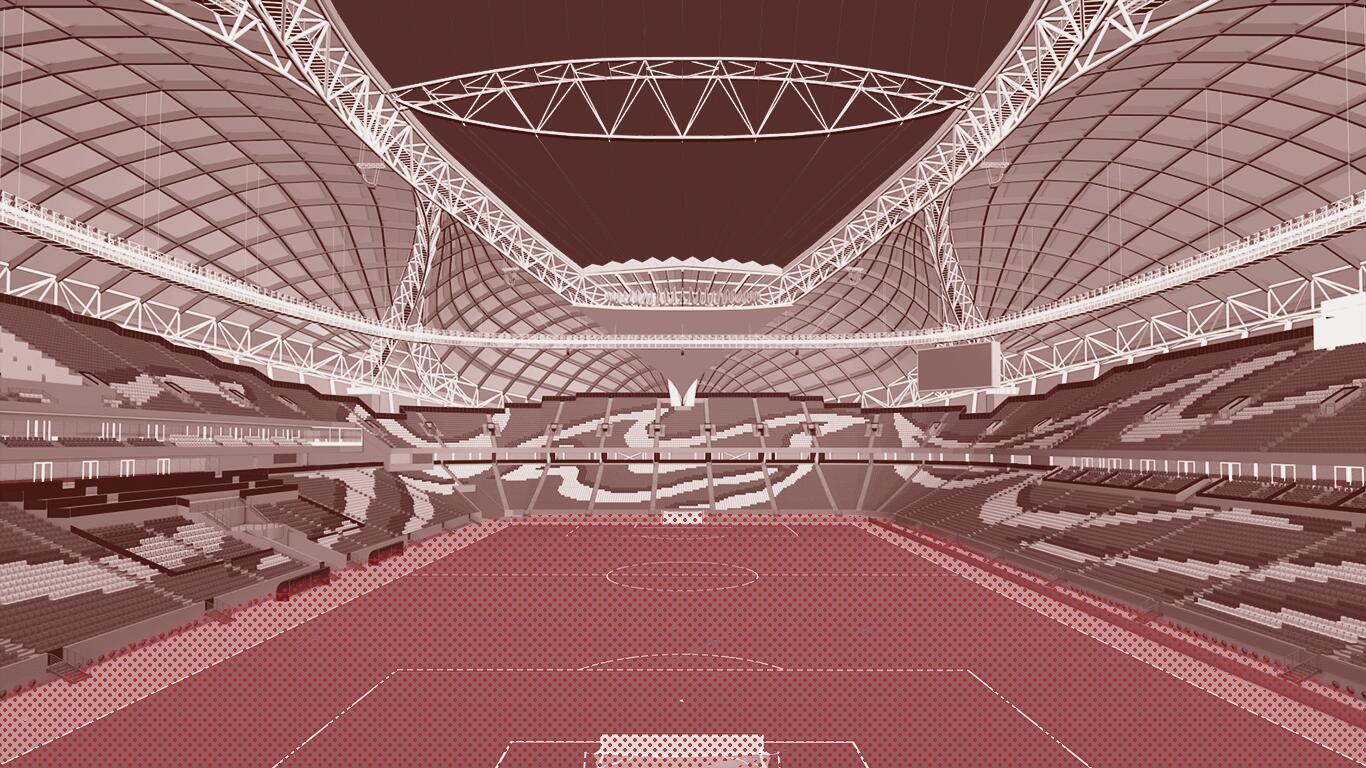


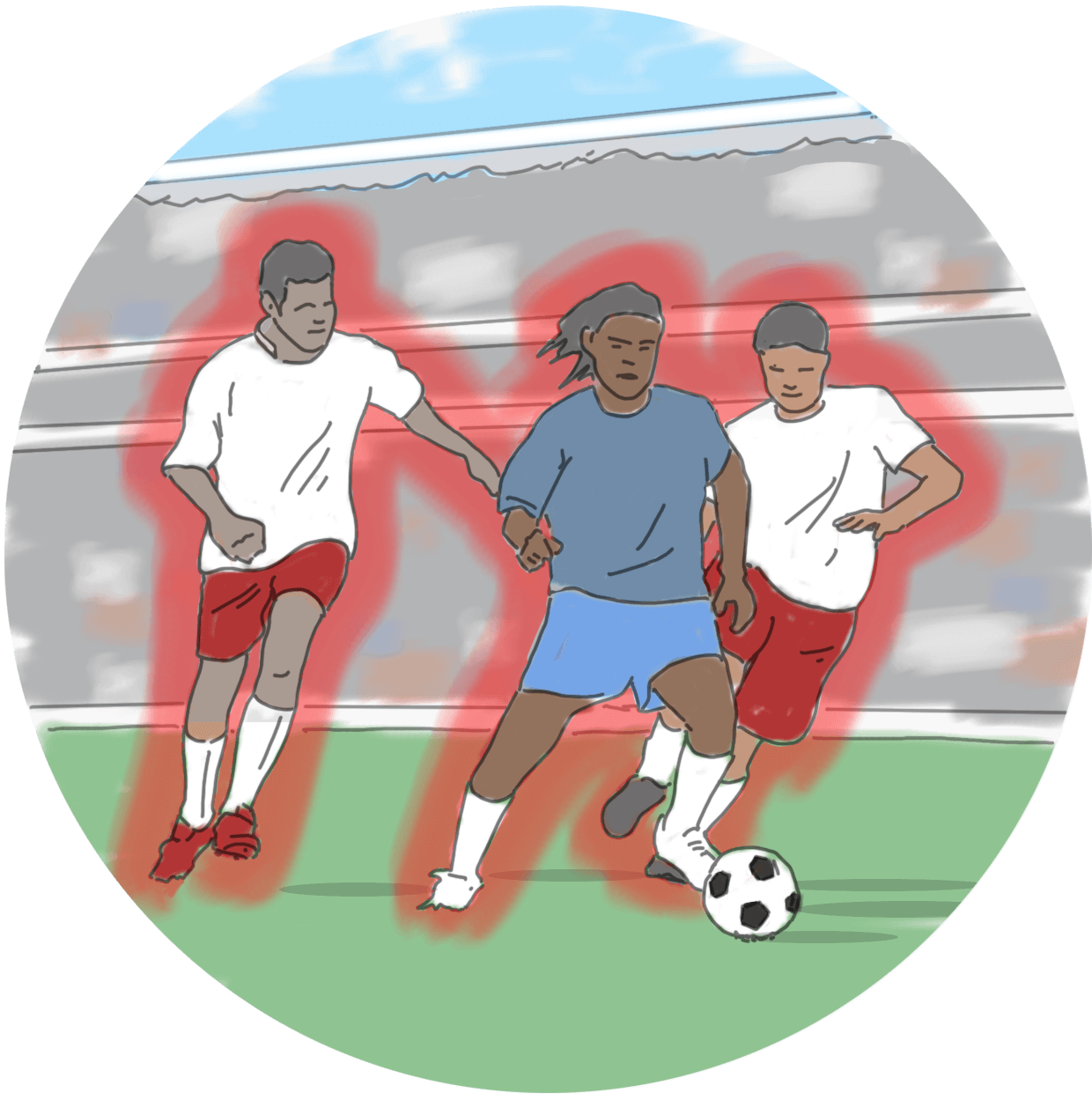
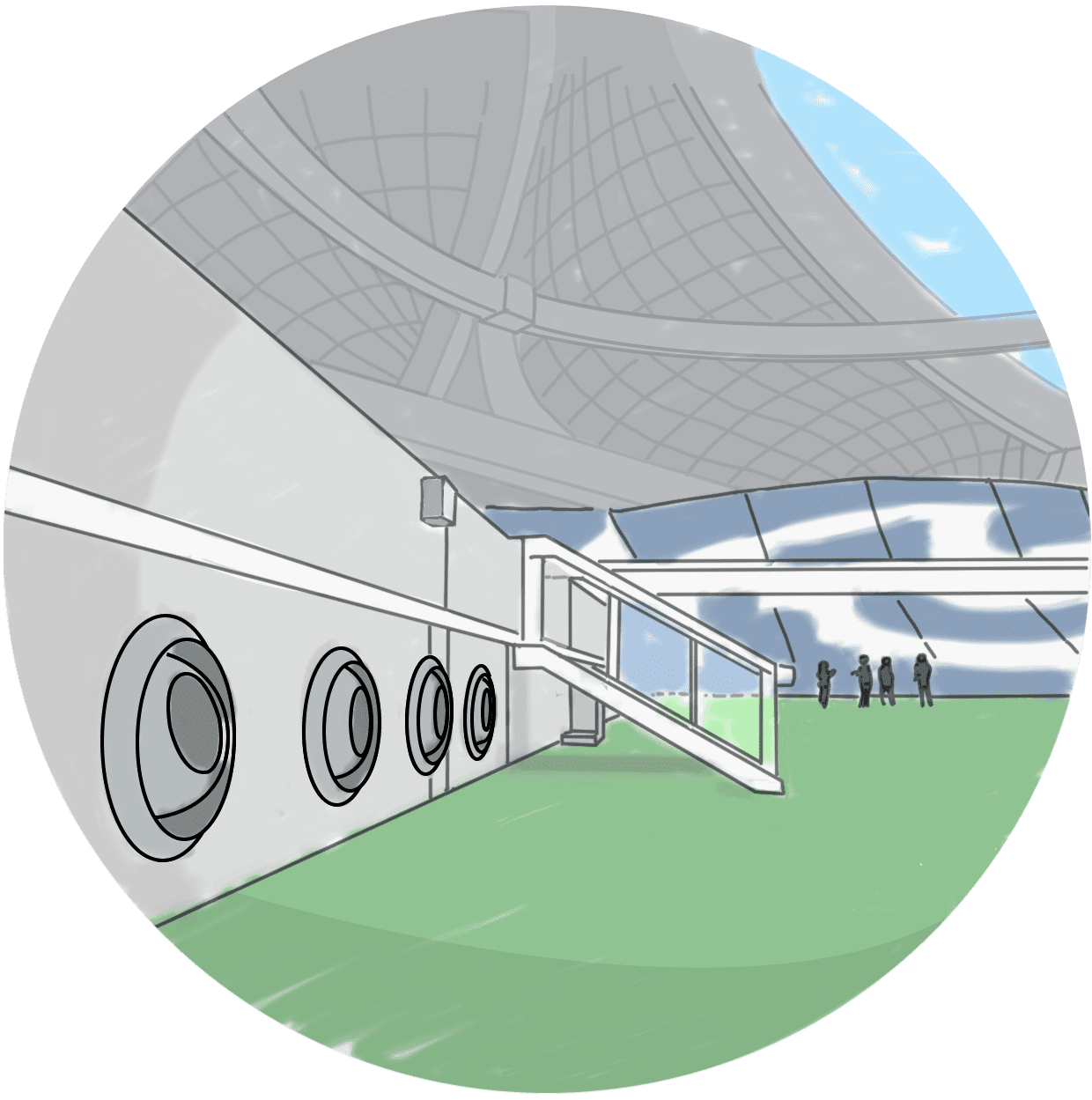
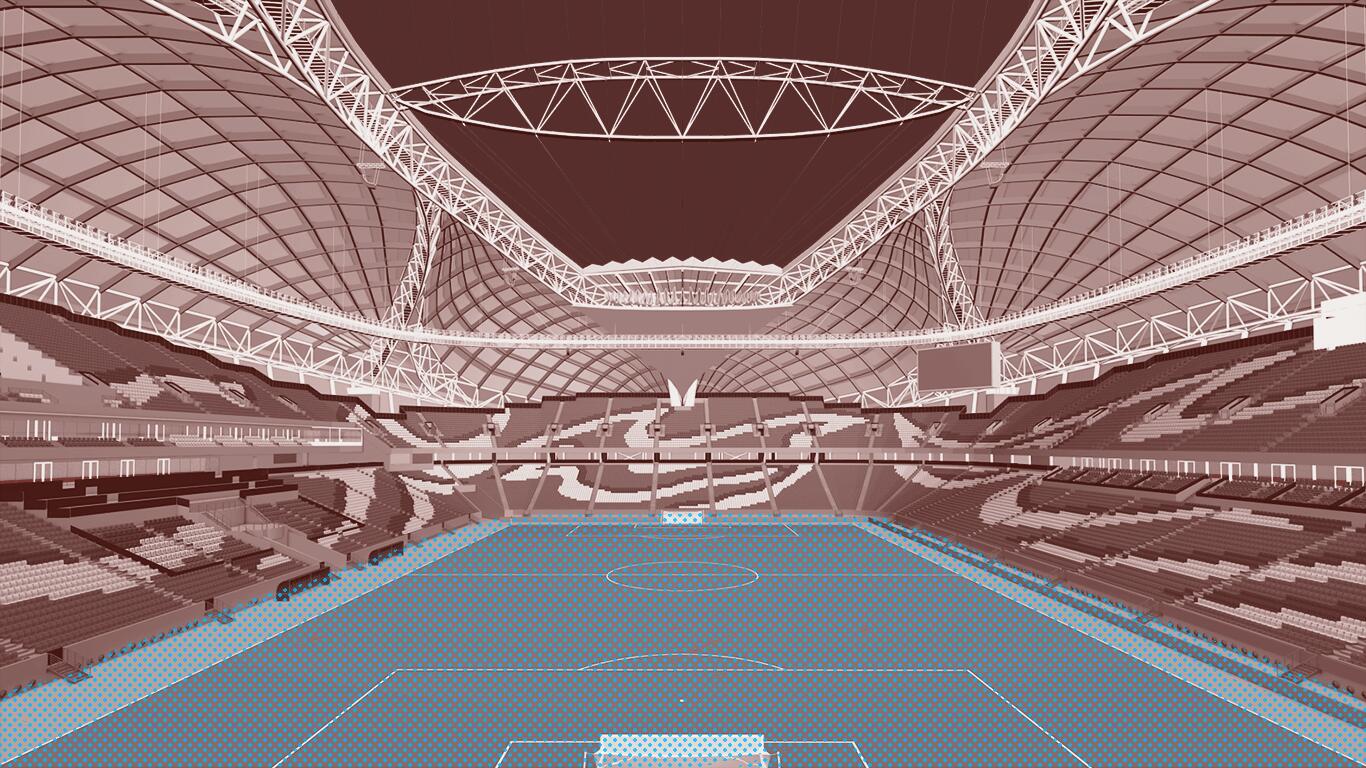


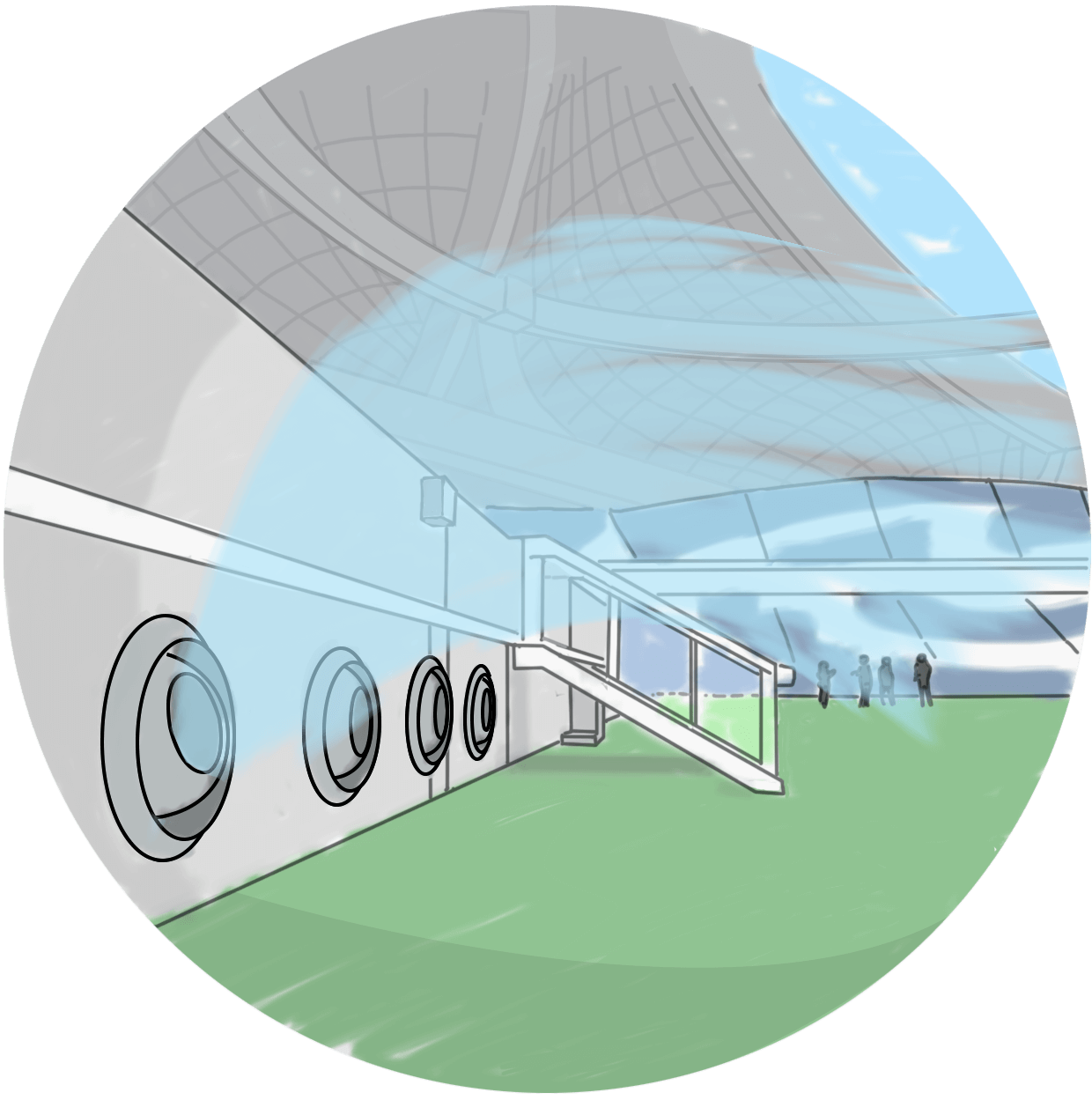

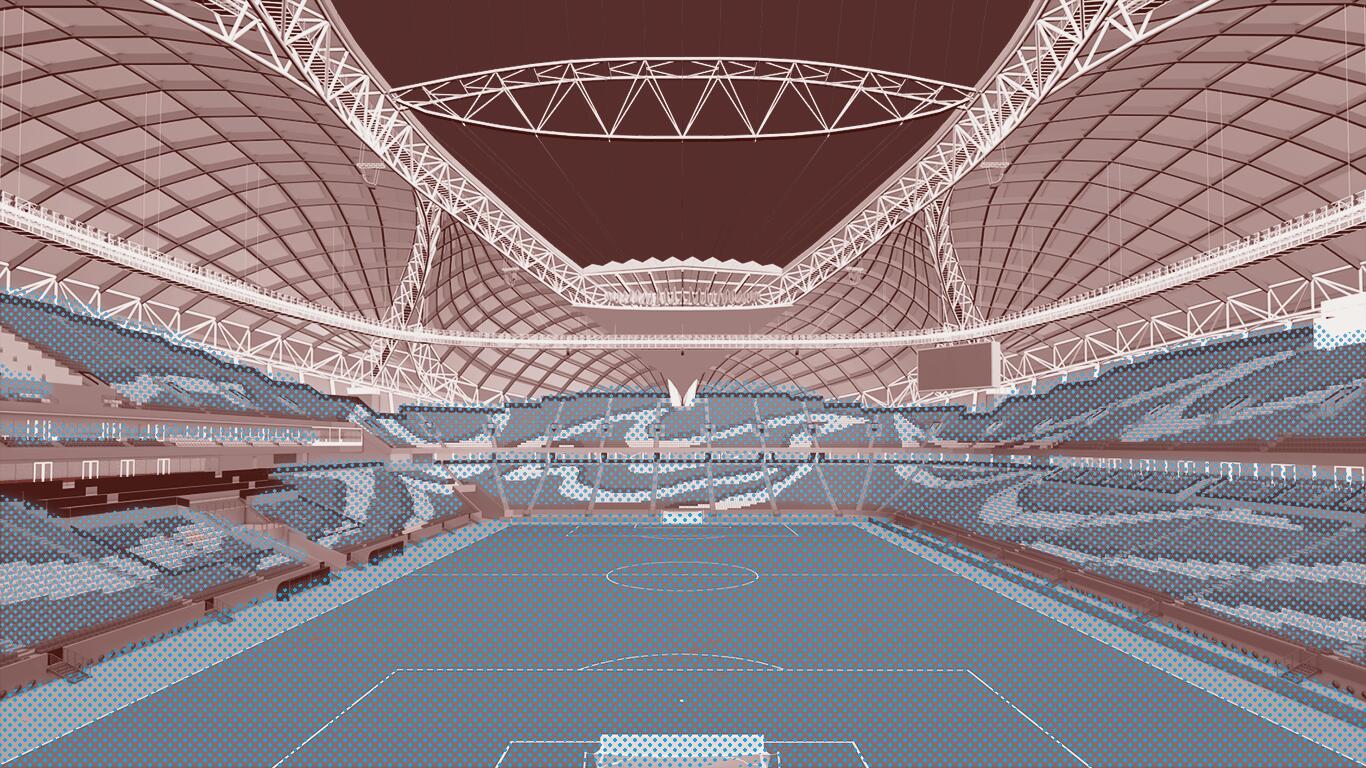




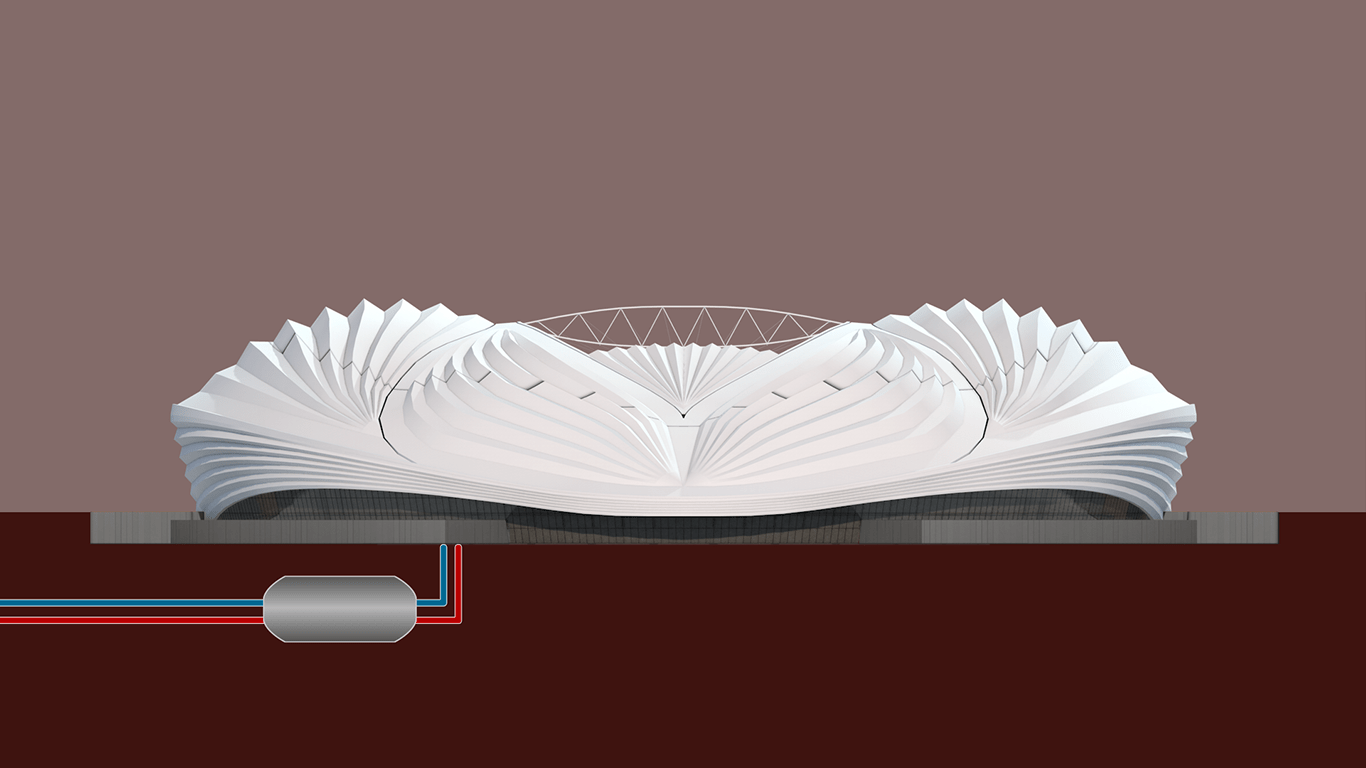
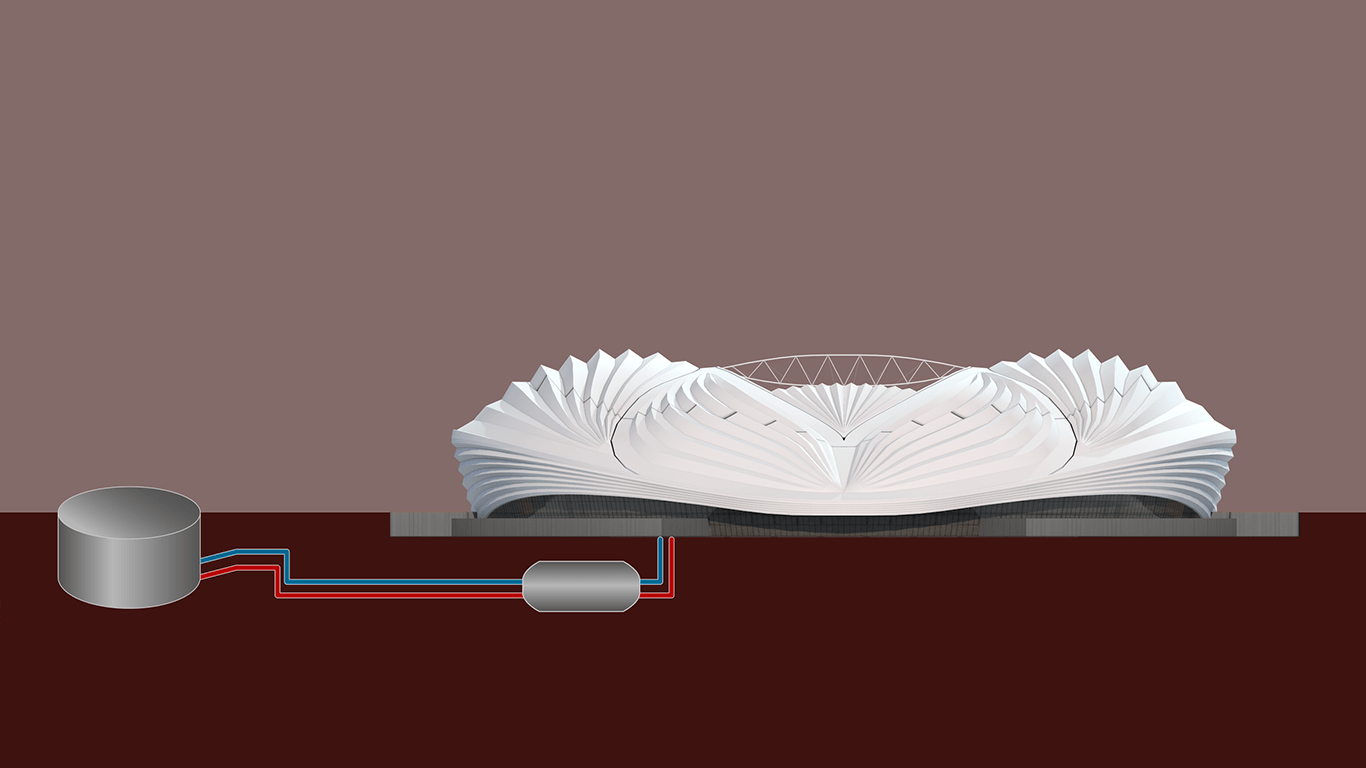
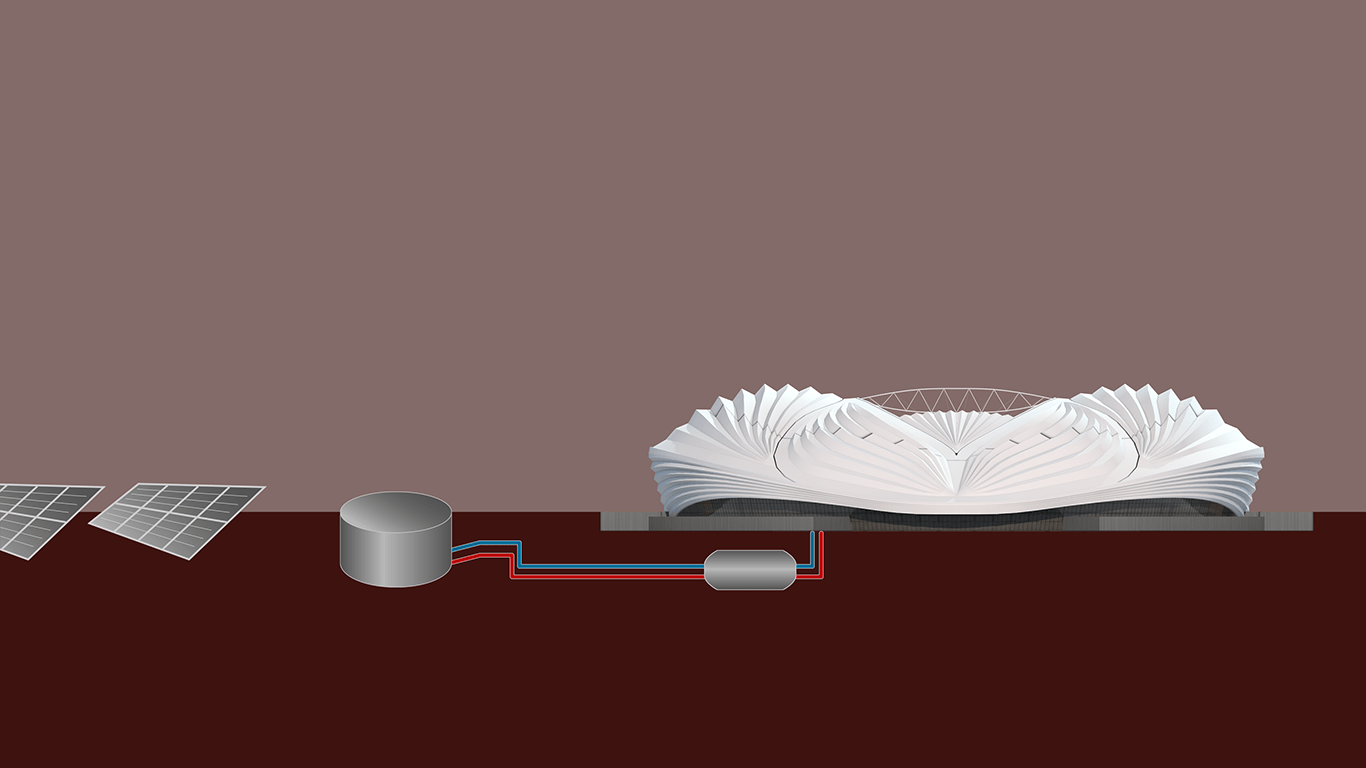
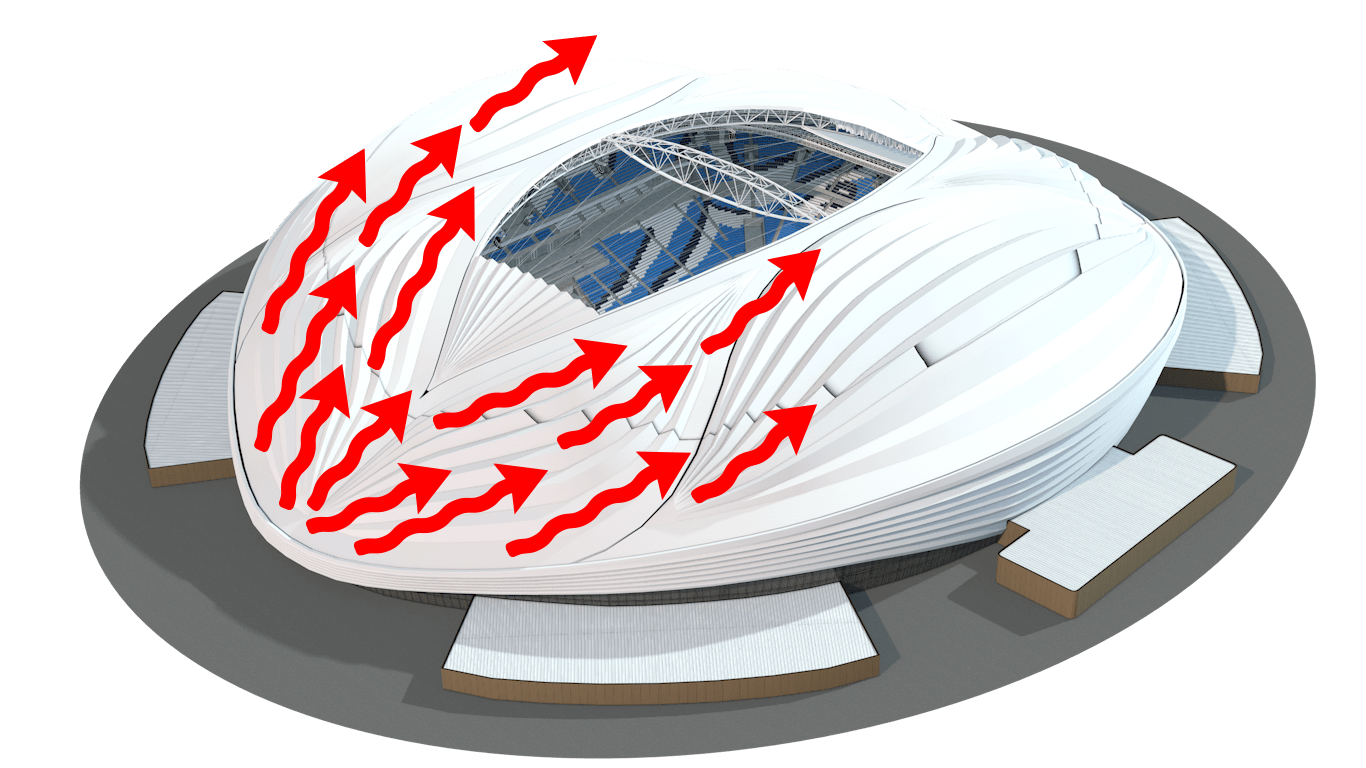
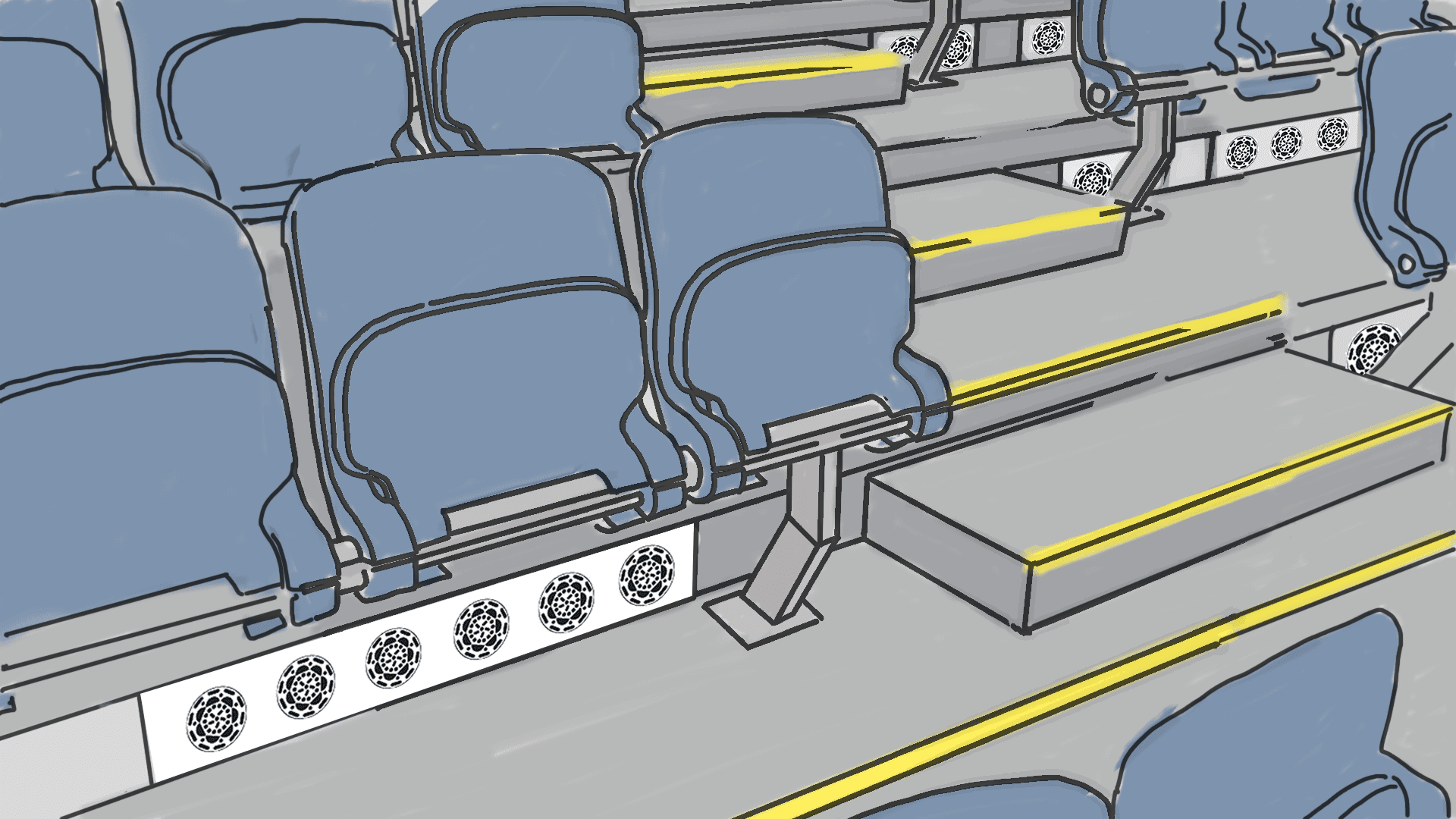
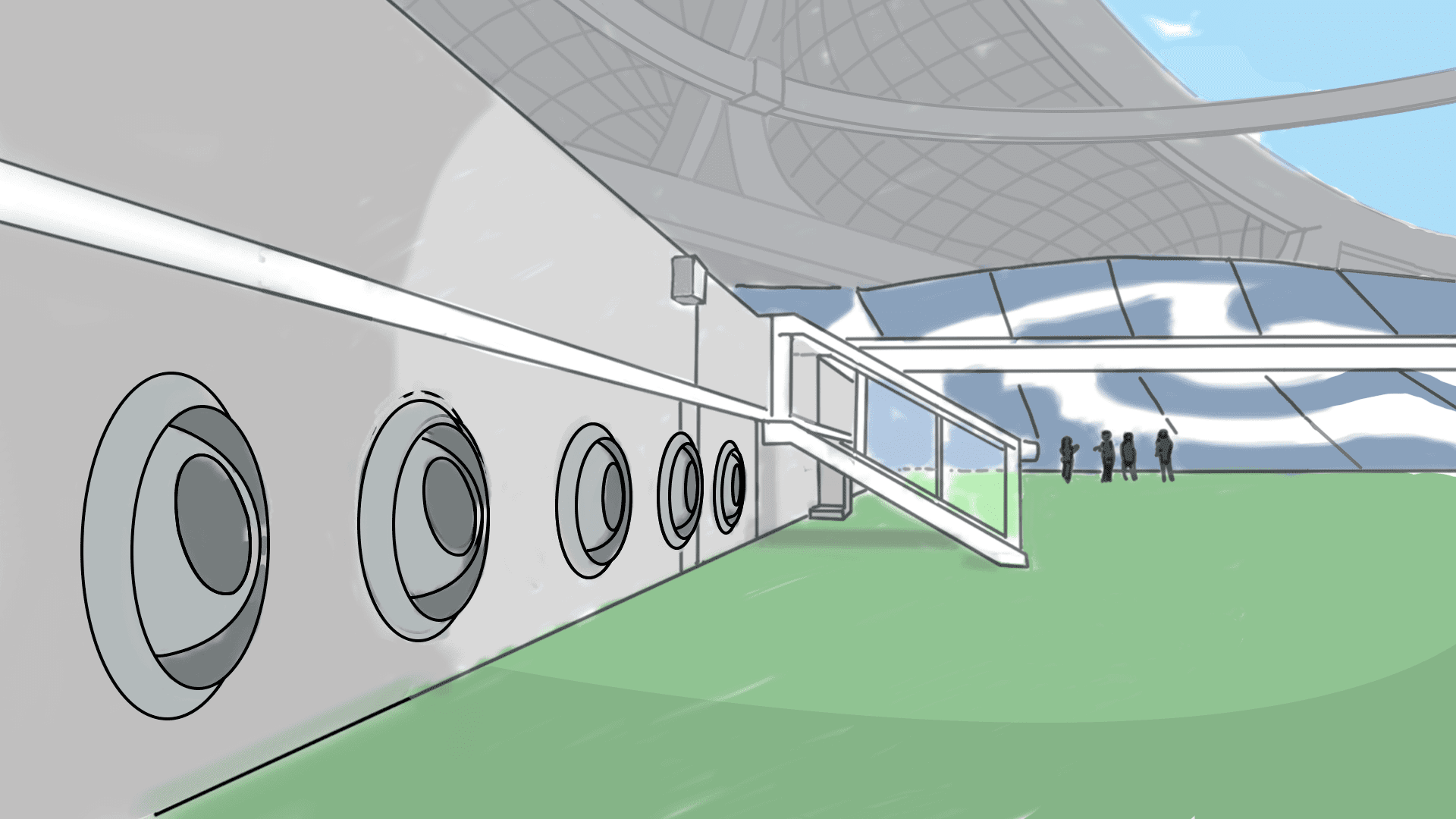
 Striker Inaki Williams switch nationality from Spain to Ghana
Striker Inaki Williams switch nationality from Spain to Ghana
 Nketiah, Hudson-Odoi, Lamptey and other players Ghana dey pursue for 2022 Fifa World Cup squad
Nketiah, Hudson-Odoi, Lamptey and other players Ghana dey pursue for 2022 Fifa World Cup squad
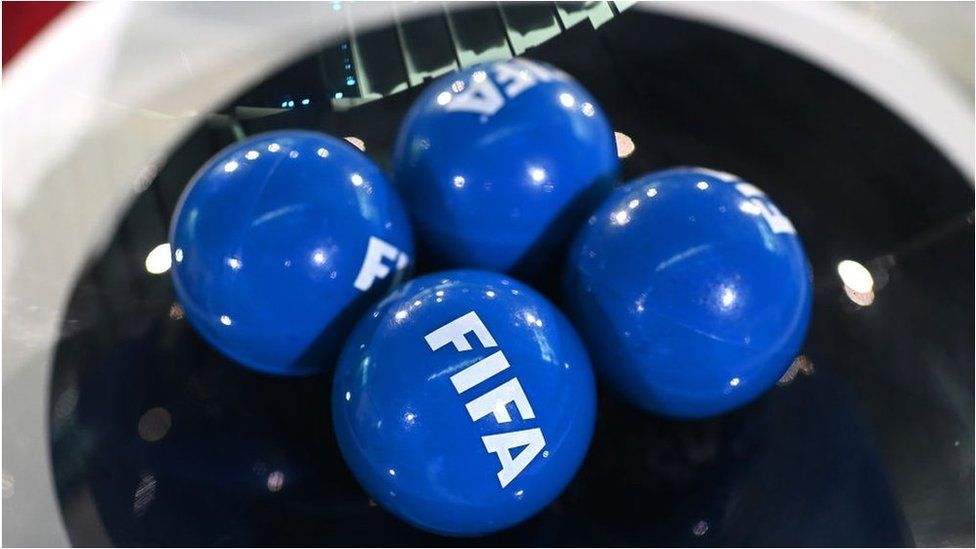 Cameroon vs Brazil, Ghana go meet Portugal for group stage of Fifa 2022 World Cup
Cameroon vs Brazil, Ghana go meet Portugal for group stage of Fifa 2022 World Cup